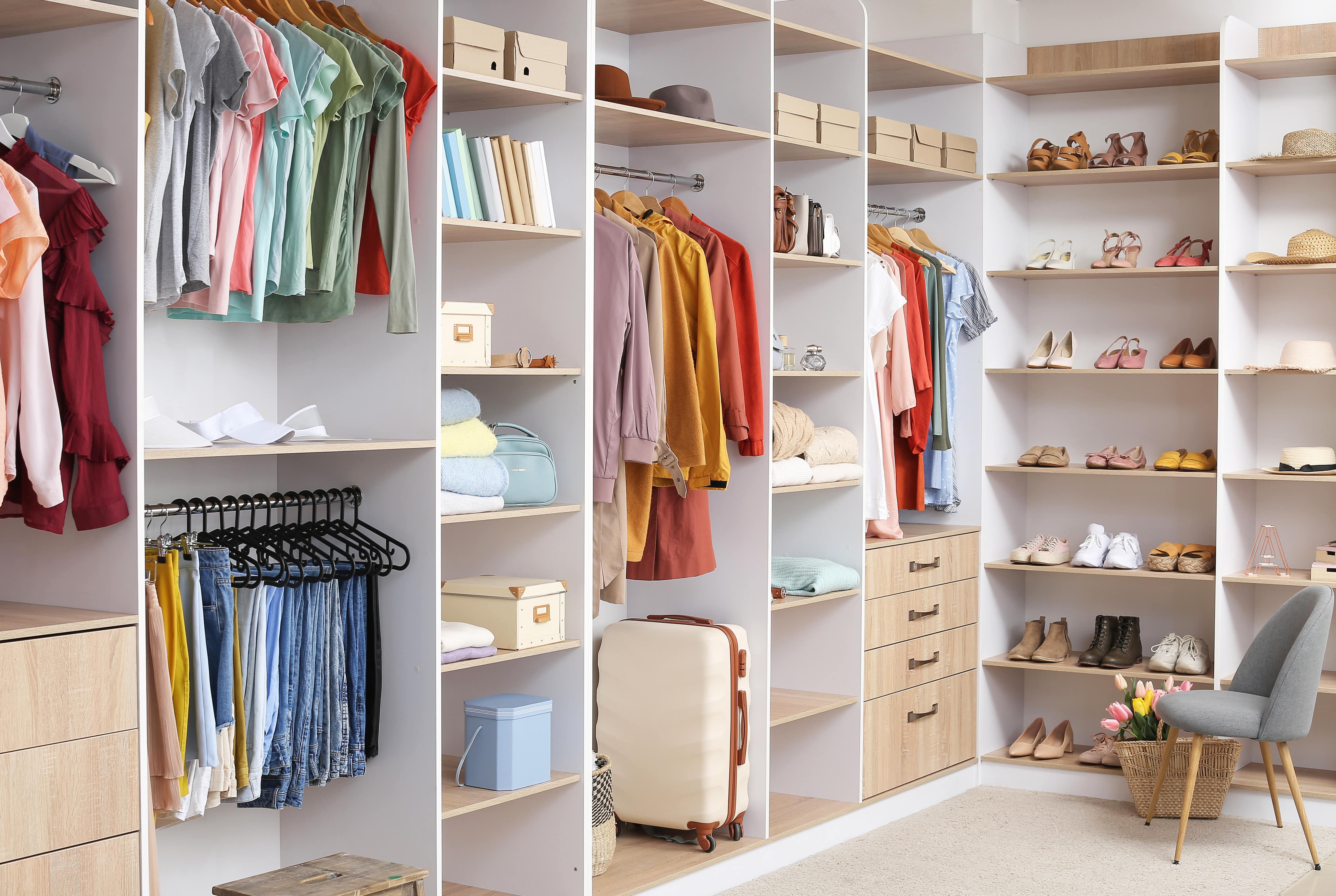
Discover the cost to hire a professional closet organizer, including average prices, cost factors, and tips to help you budget and maximize your investment.
Maximize space, minimize mess
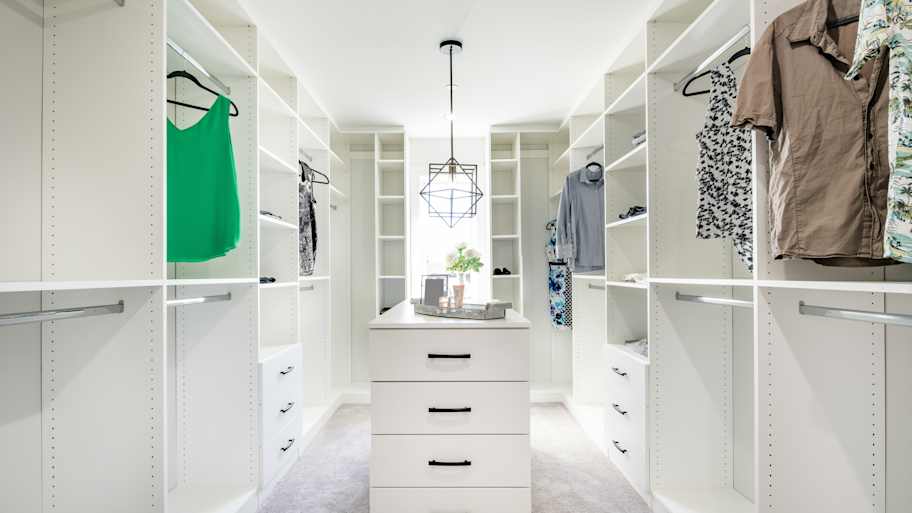

Designing a closet is more than just finding a place to store your clothes. A well-built closet provides a more efficient, organized, and enjoyable part of your daily routine. These tips on how to design your closet will help you create a highly functional and stylish room, whether you're working with a small reach-in or a spacious walk-in.
Consider which items you'll be storing in your closet. Aside from clothing, will you need room for shoes and accessories? Do you need long-hanging space for dresses and coats or drawers for folded items and undergarments? Are you storing seasonal clothes or linens here, too? What about purses, bags, or luggage? Understanding your daily routine and storage habits will help you design a closet that functions seamlessly and supports your lifestyle.
Accurate measurements are essential for designing a closet that fits your space and avoids costly closet remodeling mistakes. Measure the width, height, and depth of the entire area, including architectural features like sloped ceilings or alcoves. Take note of any outlets, vents, and light switches. With detailed dimensions in hand, you can plan the layout more effectively and ensure that each element, from shelving to rods, fits perfectly.
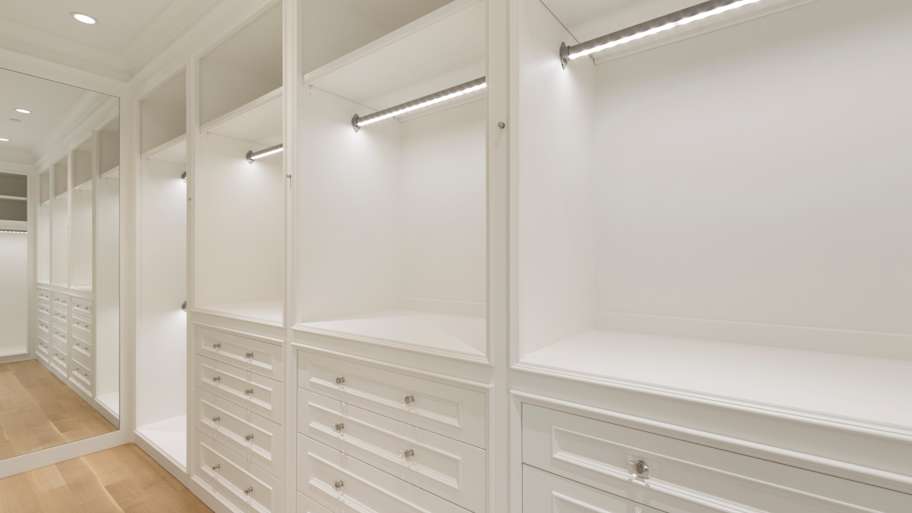
Closets come in several types—walk-in, reach-in, and wardrobe-style—so choose one that fits your space and needs. From there, think about the aesthetic: Do you want open shelving for a boutique look, or do you prefer enclosed cabinetry for a clean, minimalist vibe? Consider whether you want the style to complement the rest of your home’s décor and create a space that you enjoy using daily.
Thanks to the extra space and convenience, you can recoup as much as a 60% ROI on a quality closet remodel. That means you can expect to get back up to two-thirds of your upfront closet remodel cost if you put your home on the market.
Don’t overlook the value of vertical real estate in your closet. Tall shelving, double hanging rods, and overhead storage can make the most of your space, especially in smaller reach-in closet sizes. Install top shelves for storing seasonal items or bins, and use vertical cubbies to keep smaller items organized and off the floor. When you use the full height of your closet, you free up valuable floor space while maximizing storage.
A well-designed closet strikes a balance between hanging rods, shelves, and drawers to accommodate different types of clothing and accessories. Hanging space is ideal for wrinkle-prone items like shirts, dresses, and pants, while shelving works well for sweaters, jeans, and bags. Drawers are perfect for socks, underwear, and smaller items you'd rather keep out of sight. Mixing these elements provides flexibility and creates a functional layout.
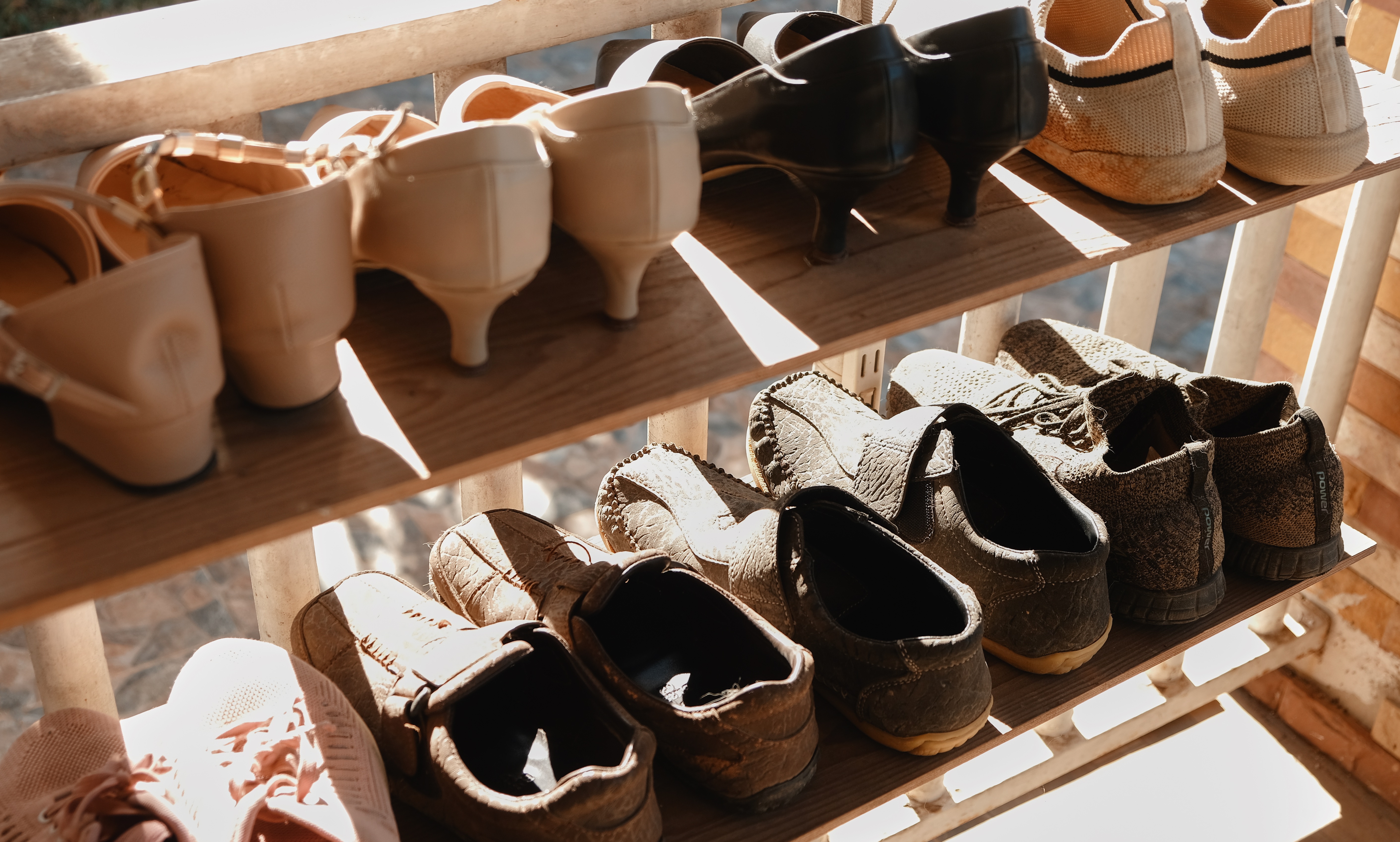
Shoes can quickly clutter a closet if not properly organized. Incorporate dedicated shoe storage, such as racks, cubbies, or adjustable shelves, to keep them neat and accessible. Take a look at your footwear collection. If you own tall boots, you’ll need taller compartments, while flats and sneakers can stack efficiently.
If you're working with a large layout, adding a bench or small vanity can make the closet more functional. A bench provides a convenient spot for putting on shoes or laying out outfits, while a vanity can double as a makeup or accessory station. These additions make the space more comfortable and luxurious, especially in walk-in closet designs where daily dressing becomes more of an experience than a chore.
Good lighting is key to your closet's function and ambiance. Natural light is a bonus if you have it. If not, well-placed LED strip lights, puck lights, or overhead fixtures can brighten the space and help you easily find what you need. Consider installing lights inside cabinets or drawers for added convenience. Proper lighting also makes your closet feel larger and more inviting.
Your wardrobe will change over time, so build in some flexibility. Leave extra room on rods and shelves for new pieces, and opt for adjustable shelving or modular systems that can evolve with your needs. Planning ahead ensures your closet stays organized and functional even as your clothing collection grows.
Bins, baskets, drawer dividers, and hooks can make a big difference in maintaining order. These help corral loose items, designate specific zones, and make it easier to stick to a system. Clear containers or labeled baskets work well for seasonal accessories, and drawer inserts keep small items from becoming a jumbled mess. Hire a local closet maker to help you make the most of organizational systems.
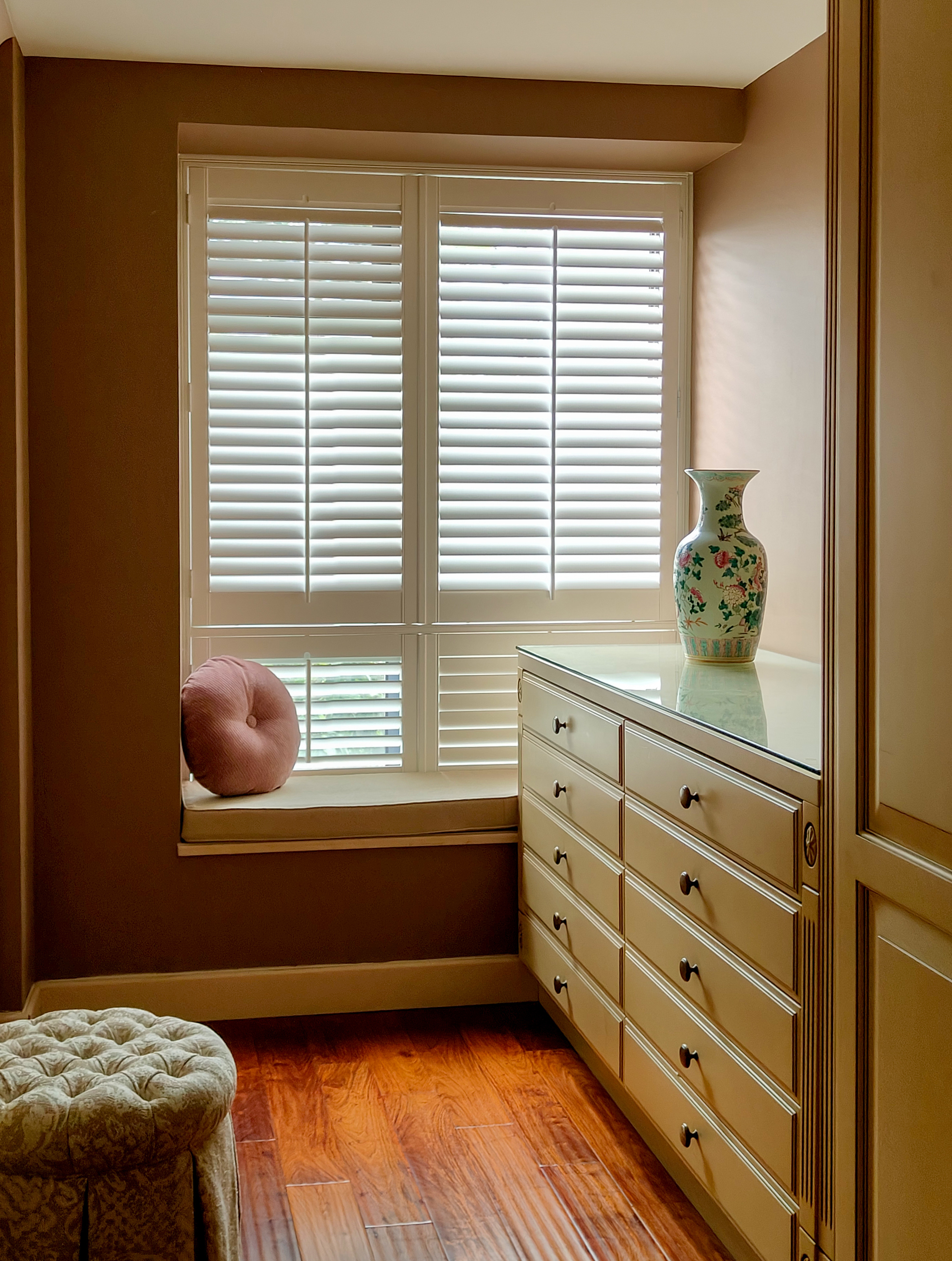
Your closet should reflect your personality and taste. Add decorative wallpaper or framed art to give the space character. Simple upgrades like coordinated hangers or a plush rug can elevate the space. Don't forget to add a full-length mirror, which doubles as a decorative item with functional use. Take some time researching closet design ideas to find styles you might like to use.
The type of closet door you choose impacts both aesthetics and function. Sliding doors are great for tight spaces, while bi-fold or hinged doors provide full access to the contents inside. If you have a walk-in closet, consider closet door alternatives with a mirror or a stylish barn door for visual appeal. Think about how the door opens and whether it might obstruct access to shelves or hanging space.
From average costs to expert advice, get all the answers you need to get your job done.

Discover the cost to hire a professional closet organizer, including average prices, cost factors, and tips to help you budget and maximize your investment.

Discover the average custom closet cost, including price ranges and key factors, to help you budget and plan your project with confidence.
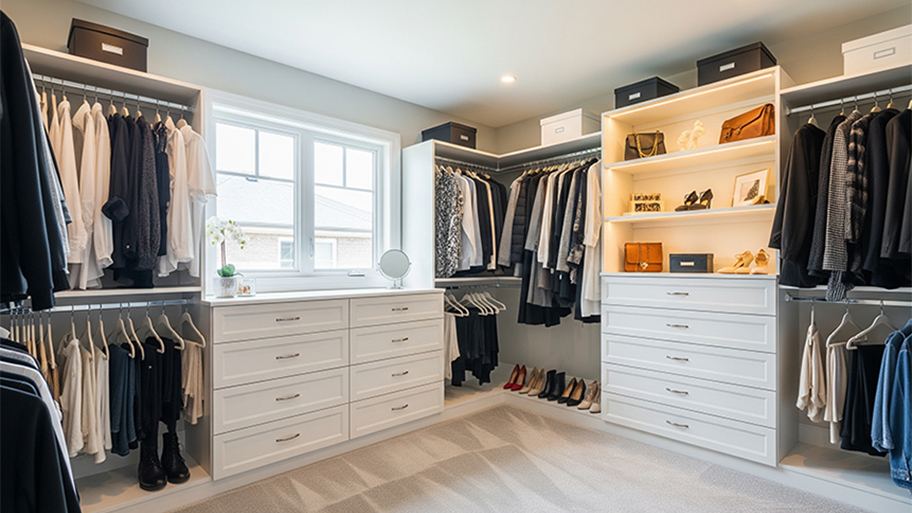
The cost of a closet remodel depends on the closet size, materials used, and the level of customization. Learn what else influences your closet remodel cost.
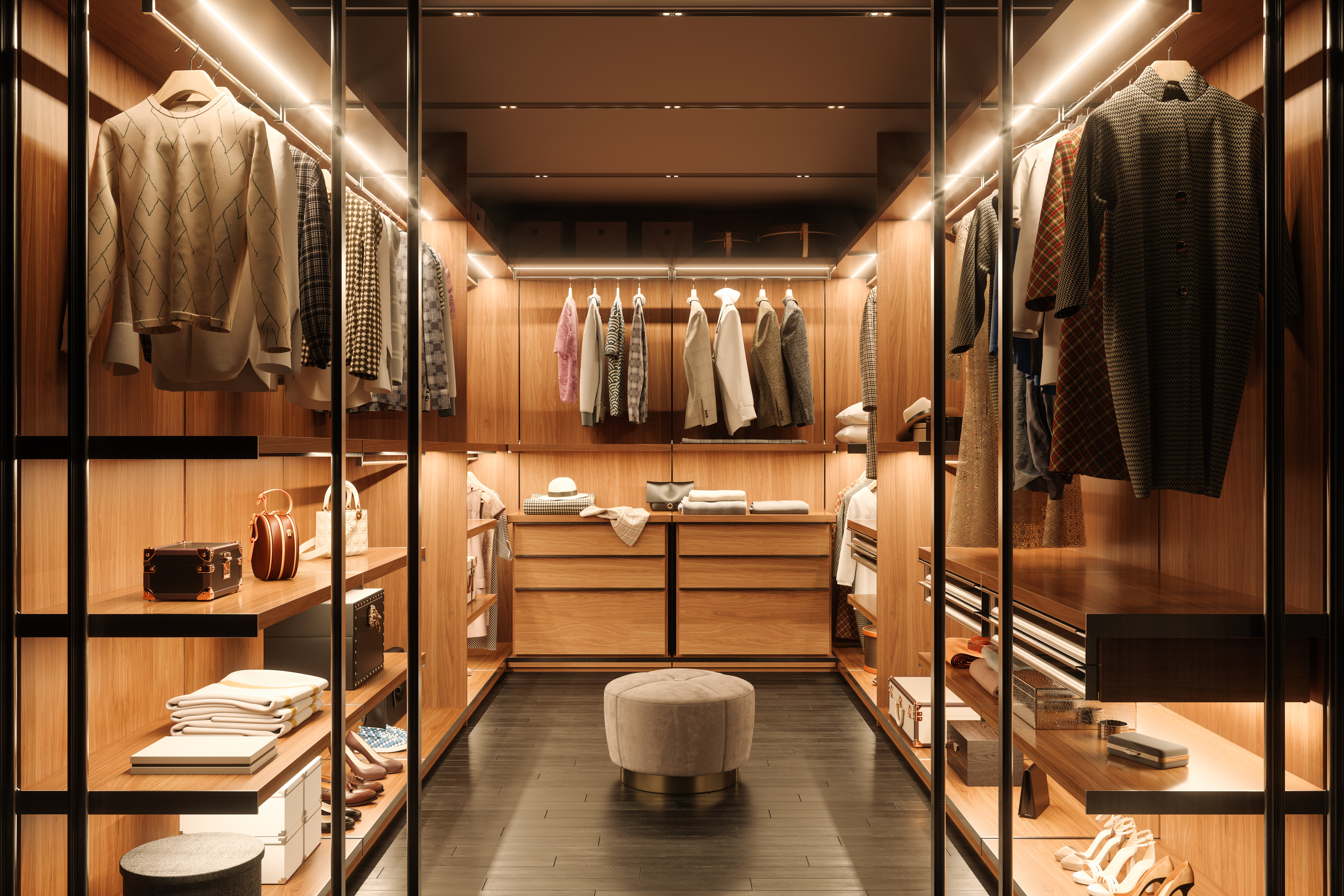
Create a functional and fabulous dream closet with these expert walk-in closet tips, including layout hacks, lighting ideas, and fun ways to make it your own.
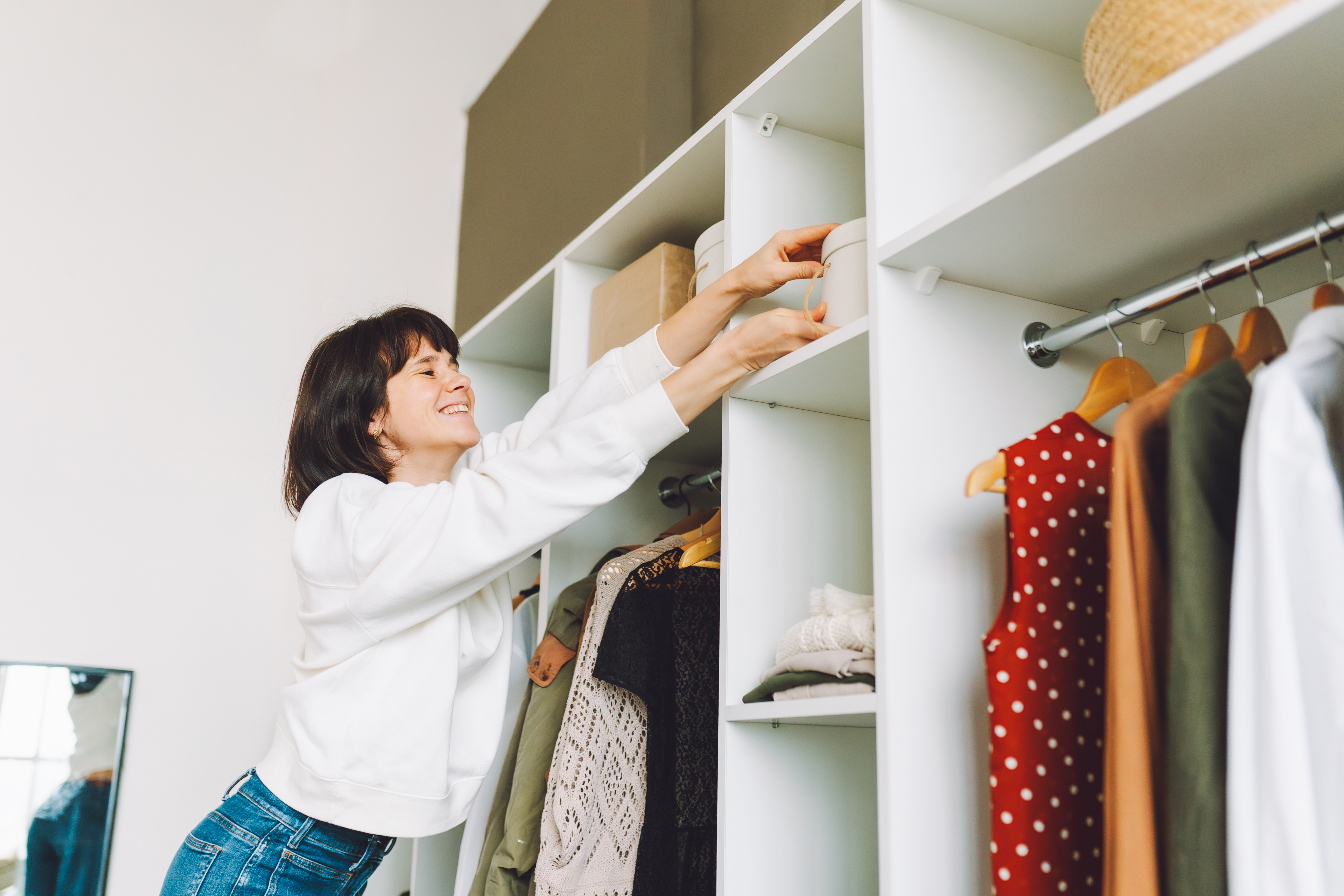
Most homes tend to have regular closet doors, but if you’re looking for something different, look into these closet door alternatives.

What is a built-in closet? Learn about this storage solution and why so many homeowners desire it.